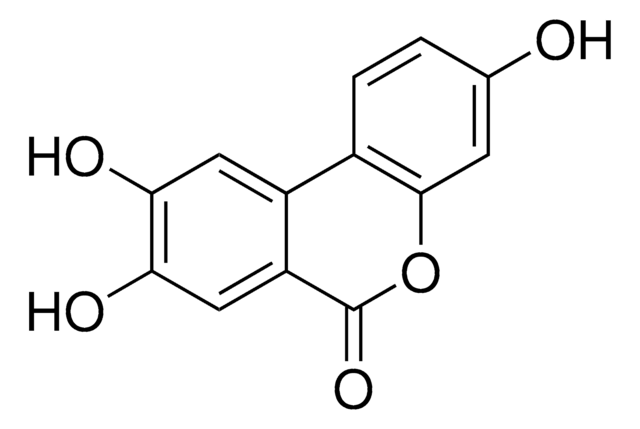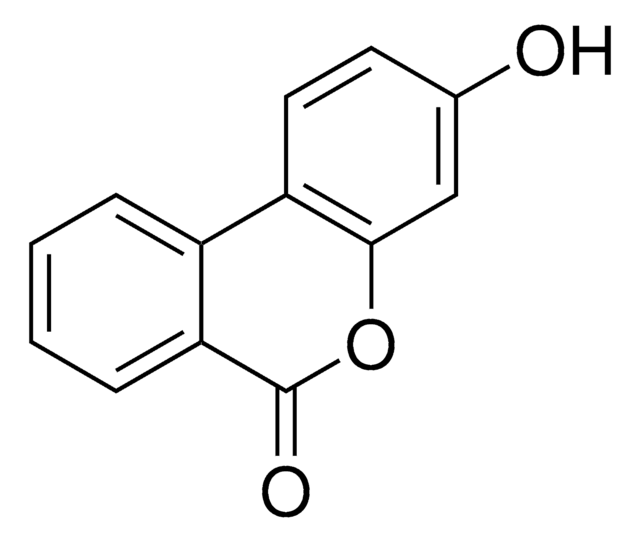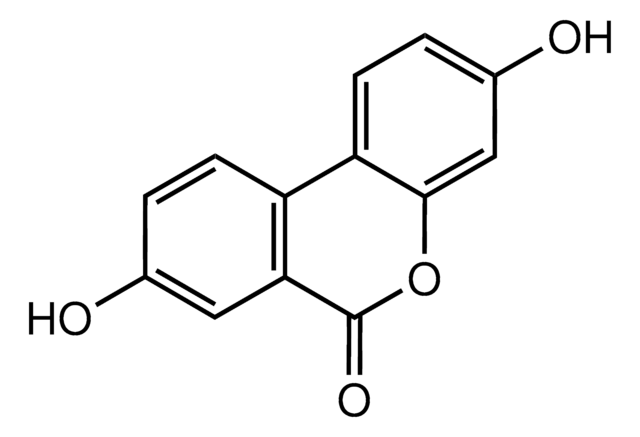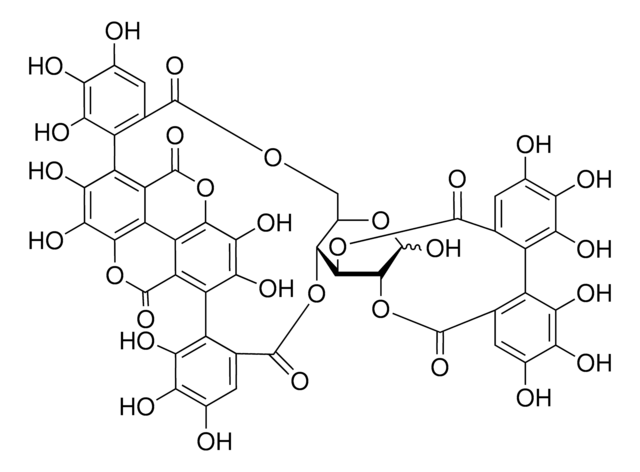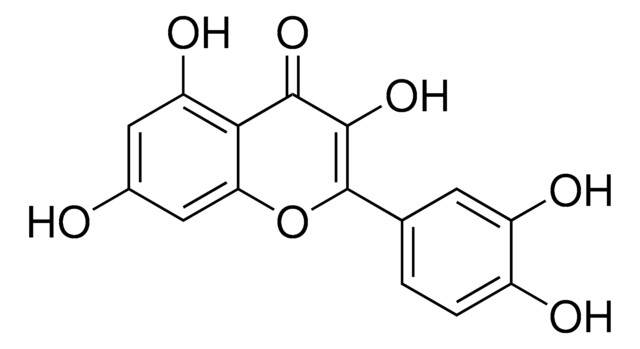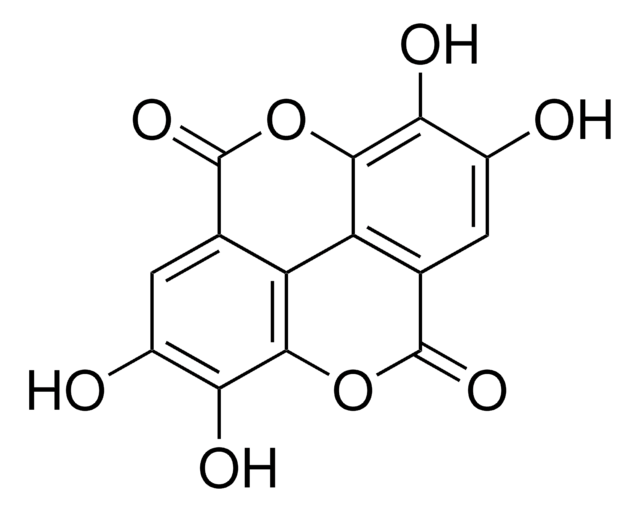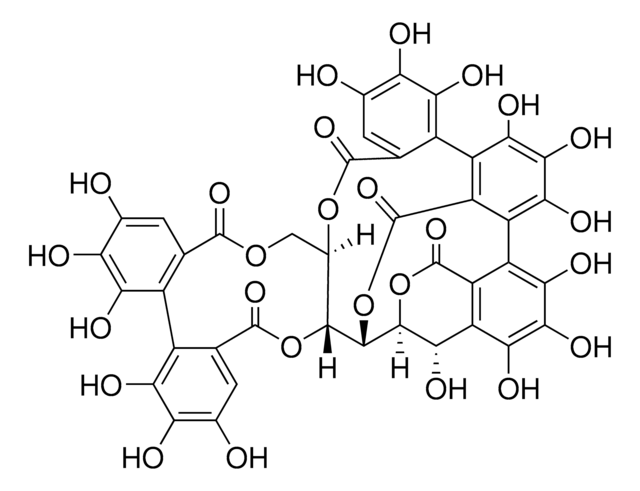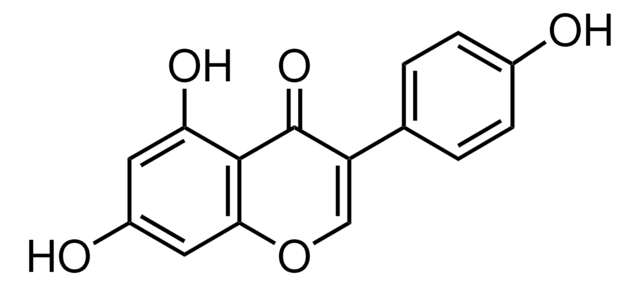SMB01339
Urolithin D
Synonym(s):
3,4,8,9-Tetaihydroxy-6H-dibenzo[b,d]pyran-6-one, 3,4,8,9-Tetrahydroxy-6H-benzo[c]chromen-6-one, 3,4,8,9-Tetrahydroxybenzo[c]chromen-6-one, 3,4,8,9-Tetrahydroxyurolithin, Uro D, Uro-D, UroD
About This Item
Recommended Products
assay
95% (HPLC)
Quality Level
form
solid
mp
>227 °C
storage temp.
2-8°C
InChI
1S/C13H8O6/c14-8-2-1-5-6-3-9(15)10(16)4-7(6)13(18)19-12(5)11(8)17/h1-4,14-17H
InChI key
NEZDQSKPNPRYAW-UHFFFAOYSA-N
General description
Application
Other Notes
wgk_germany
WGK 3
flash_point_f
Not applicable
flash_point_c
Not applicable
Choose from one of the most recent versions:
Certificates of Analysis (COA)
Sorry, we don't have COAs for this product available online at this time.
If you need assistance, please contact Customer Support.
Already Own This Product?
Find documentation for the products that you have recently purchased in the Document Library.
Our team of scientists has experience in all areas of research including Life Science, Material Science, Chemical Synthesis, Chromatography, Analytical and many others.
Contact Technical Service